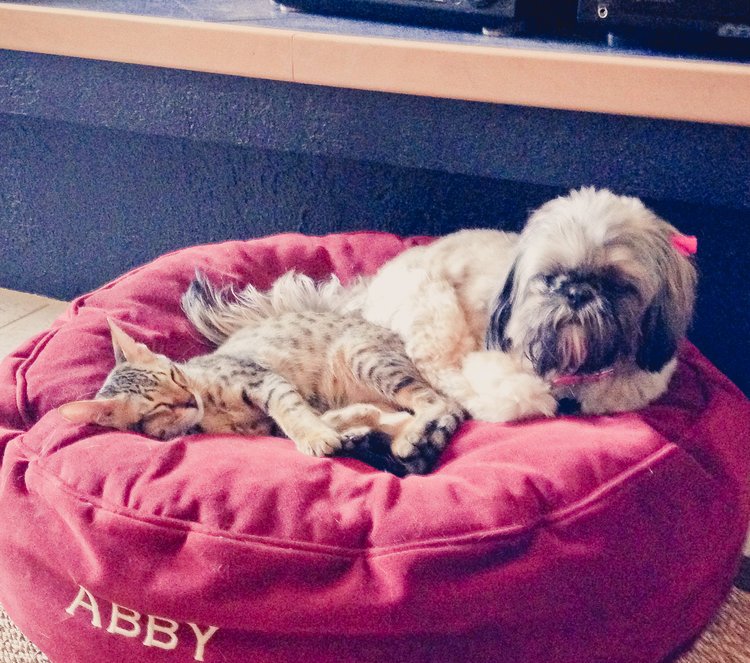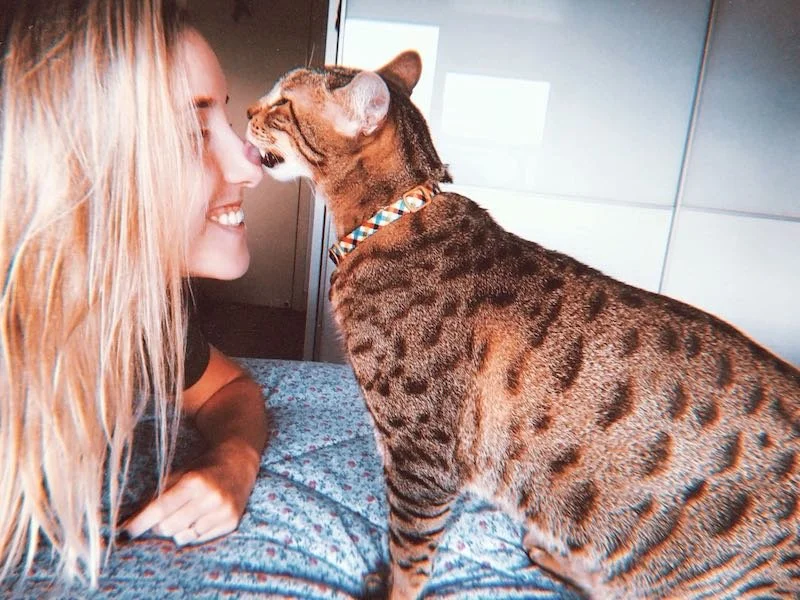For a child, there’s nothing quite as exciting as getting a first pet. Often, that’s a cat, as parents know that they can be tactile and safe family pets.
However, handling a cat doesn’t always come naturally to kids. After all, we’ve all winced at the sight of a child carrying a cat by their shoulders, their elongated body swaying left to right. The cat might be easygoing enough to put up with this, but that doesn’t mean that it’s a safe or recommended method of handling.
So, how should you handle a cat? In this guide, we’ll cover a few crucial points to keep in mind, as well as how best to teach them to your child to ensure a pleasant experience – for both them, and the cat.
Let them learn from example
We know that children learn best from watching their caregivers and siblings. That being said, think first about how you handle the cat, before letting your child give it a go.
Remember that your child is sensitive to your emotional reactions, and if they feel that you are anxious when interacting with the cat, they too are likely to feel anxious when it comes to their turn. Try to demonstrate how you hold, carry and pet the cat, so that your child knows what to expect, and can then copy your actions.
Teaching this to multiple children at once can feel like a struggle, but can work in your favour, as siblings and friends will tend to encourage and support each other, making the experience feel much more like a playdate than a lesson.
Help them to empathise with the cat
Talk to your child about how the cat might be feeling in each given moment. Perhaps their back is arched, because they are feeling defensive, or they’re laying on their back, because they are feeling calm and receptive to being handled.
If you ask your child what they think the cat might be telling them through its behavioural cues, they will learn to be more in-tune with its mood and behaviour, and be better equipped for interacting with the cat alone.
Supervise their first interactions
Most children want to be gentle and kind when handling pets. While they may try their best, they are often unaware of how heavy handed they are.
It’s good to keep an eye on your child as they interact with any new cat, for at least the first few meetings. This way, you can be present to guide them and engage in active conversation throughout the experience.
Although rare, unsupervised interactions can lead to bites and scratches for your child if the cat is provoked, and potentially worse harm for the cat if they are mishandled.
Don’t panic
Above all, try not to micromanage when your child first interacts with a cat. It might be tempting to rush in if the first stroke of the cat’s tail isn’t as well received as you had hoped, but it’s best to hold off if you can. This way, your child can build their confidence and will begin to put their intuition to use when it comes to playing with the cat.
Overall
Cats are a wonderful animal that are extremely safe for children to interact with in usual circumstances. Empathy and compassion are crucial when it comes to handling and interacting with any animal – after all, our pets are a part of the family, and we therefore owe them as much love and respect as any other family member.









